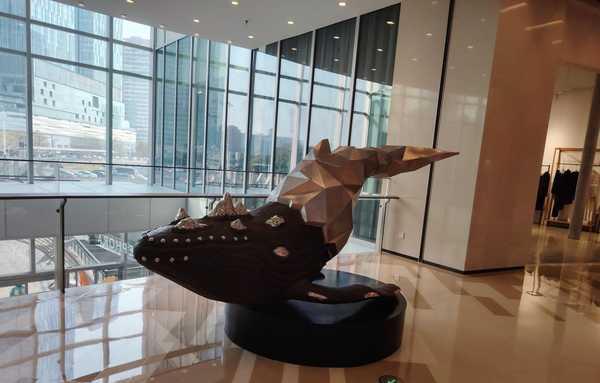Childhood Memories: The Five Cents Era in China
A nostalgic exploration of what Chinese children could buy with five cents (wu mao) in the 1980s and 1990s, revealing how simple pleasures and affordable snacks brought immense joy during a simpler time in China’s history.

The 1980s and 1990s marked a unique period in China when five cents could buy a remarkable variety of snacks and treats, creating cherished memories for a generation of children. This seemingly insignificant amount of money held tremendous purchasing power and represented a world of possibilities for young students.
Street vendors and small shops near schools formed the backbone of children’s snack culture during this era. A typical school day might begin with students clutching their precious five cents, anticipating the moment they could spend it on their favorite treats. The vendors, often elderly locals, would arrive on bicycles with wooden boxes insulated with cotton quilts, carrying an assortment of ice pops and candies.
The range of items available for five cents was impressive:
-
Ice pops in various fruit flavors were a summer favorite, carefully preserved in foam boxes or cotton-padded wooden containers strapped to vendors' bicycles. Each pop cost just one or two cents, allowing children to buy multiple treats.
-
Spicy strips (la tiao) gained immense popularity, especially the iconic “Big Knife Meat” variety. These reddish-brown snacks offered a perfect balance of spiciness and savory flavors, providing a satisfying chewy texture that children found irresistible.
-
Sweet treats dominated the selection, with options like crystal sugar sticks, Western-style lollipops, and traditional Chinese candies. A single cent could buy multiple pieces of candy, making it possible to share with friends or save some for later.
-
Salty snacks included crispy rice crackers and flavored beans, providing alternatives to sweeter options. These snacks were particularly popular during class breaks, when students would gather to share their purchases.
The social aspect of these purchases was significant. After classes, children would rush to their favorite vendors, pooling their coins to buy different snacks to share. This created a vibrant micro-economy around schools, where five cents represented significant purchasing power in a child’s world.
The era also reflected China’s economic transition. While five cents seems negligible by today’s standards, it held real value in a time when the average family’s daily expenses were much lower. A child with five cents in their pocket felt wealthy, able to make independent purchasing decisions and experience the joy of choice.
This period holds particular significance as it preceded China’s rapid economic development. The simple pleasures these small amounts could buy created lasting memories for a generation that would later witness their country’s transformation into an economic powerhouse. Today, while five cents has lost its purchasing power, the memories of these childhood treats remain vivid in the minds of those who experienced this unique time in Chinese history.
These reminiscences offer more than mere nostalgia - they provide insight into a transformative period in China’s social and economic development, viewed through the lens of children’s daily experiences and the simple pleasures that brought them joy.